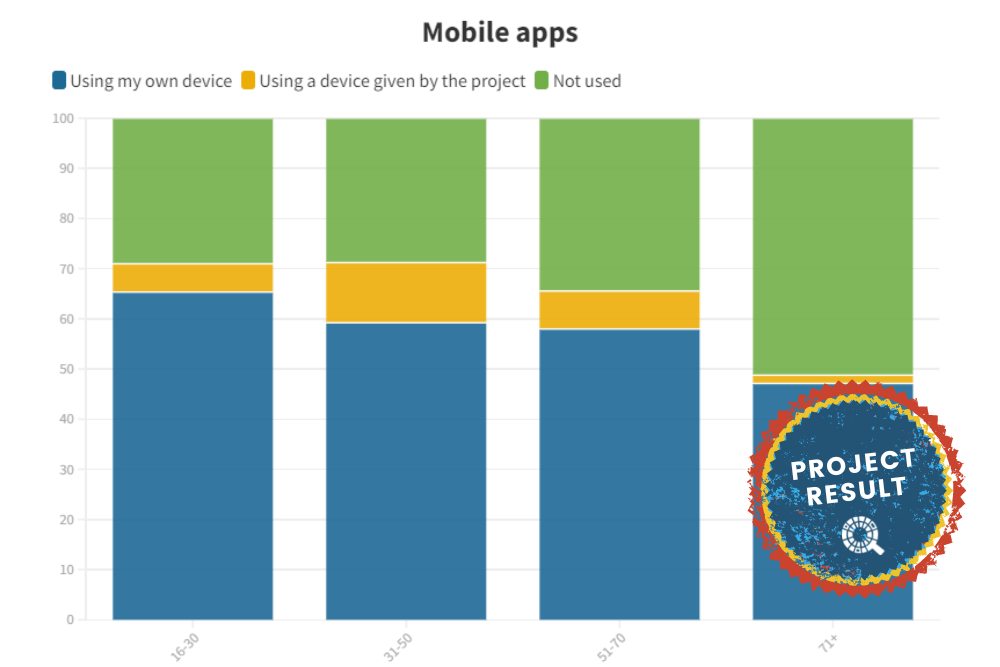Citizen science engages adults of all age groups. According to participants, which are technologies they use to participate in CS activities? What are the differences between different age groups and the technologies they use?

We would like to inform that this project is inactive since December 2022. As a result, the content presented on this website is static, which means it cannot be updated, and no new information will be added. Consequently, interactive features such as the search function, or subscription and commenting capabilities are unavailable.

Citizen science engages adults of all age groups. According to participants, which are technologies they use to participate in CS activities? What are the differences between different age groups and the technologies they use?
Nowadays, there are numerous forms of technology ranging from audio recorders to smartphones as well as technological platforms, e.g., social media, that equip citizen scientists with the necessary tools to carry out their activities or projects of interest.
Social networks, such as Twitter, are increasingly being investigated to capture online interactive participation. Although citizen science projects have been remarkably successful in advancing scientific knowledge, it is not known whether the educational aspect is considered in citizen science projects.
The first version of the CS Track database contains a comprehensive collection of CS projects in the European Union and H2020 Associated Countries for data extraction and further analysis. This data was collected to both analyse and better understand citizen science.
We follow a computational approach to assign research areas and categories to textual project descriptions on the web platform Zooniverse. Using this, we quantify the degree of multi-disciplinarity for 218 citizen science projects.
Are most of the citizen science projects only about environmental research? We answer this question by analysing descriptions of 218 Zooniverse projects using text analytics and identifying the predominant research area.
The page you requested could not be found. Try refining your search, or use the navigation above to locate the post.